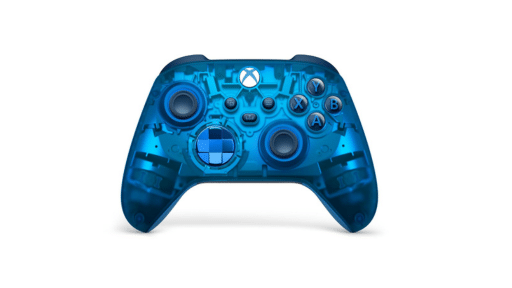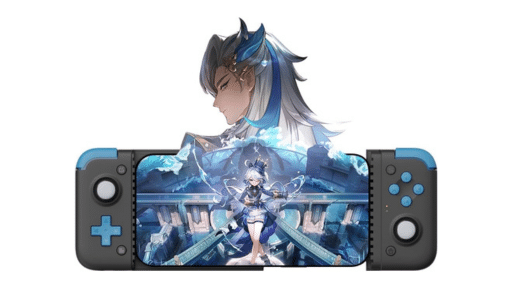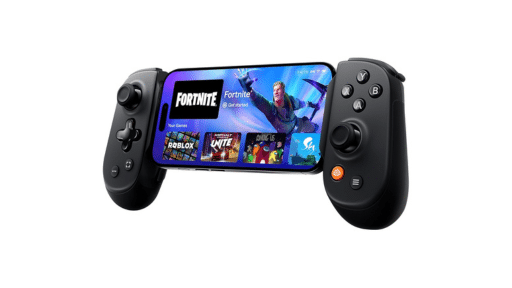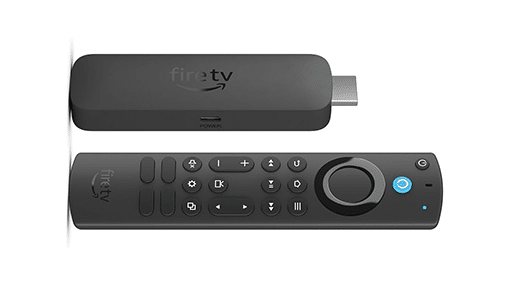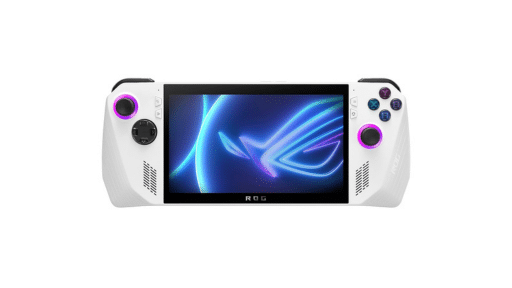
This is the fourth Creator’s Voice feature following interviews with FromSoftware’s Hidetaka Miyazaki on The Duskbloods, Supergiant Games on Hades II, and Hazelight Studios on Split Fiction. Each week, the series has offered a closer look at how developers are building games that make use of Nintendo Switch 2’s capabilities. These include upgraded visuals, faster performance, and system-level tools like GameChat.
With Hogwarts Legacy confirmed as a Nintendo Switch 2 launch title, this episode explores how Avalanche adapted the RPG for both handheld and docked play. The team focused on maintaining the game’s signature detail and atmosphere across both modes.
In this latest Creator’s Voice video, Nelson walks through the team’s approach to performance, controls, and presentation. From faster loading to UI enhancements, here’s what we learned about this upgraded version of Hogwarts Legacy.
Optimizing Performance and Visuals on Switch 2
One of the first decisions Avalanche faced was whether to upgrade the existing Nintendo Switch version or start from their next-generation build and scale it down. According to Studio Head Rob Nelson, they chose to begin with the higher-end version. This allowed them to retain improved assets and take fuller advantage of Nintendo Switch 2’s upgraded hardware.
Nelson said the team wanted to preserve the richness of the game’s environments without compromising playability in either docked or handheld mode. That meant enhancing lighting, shadows, and textures—especially in areas like Hogsmeade and the Forbidden Forest. With more memory to work with, Avalanche was also able to improve environmental density and character animation.
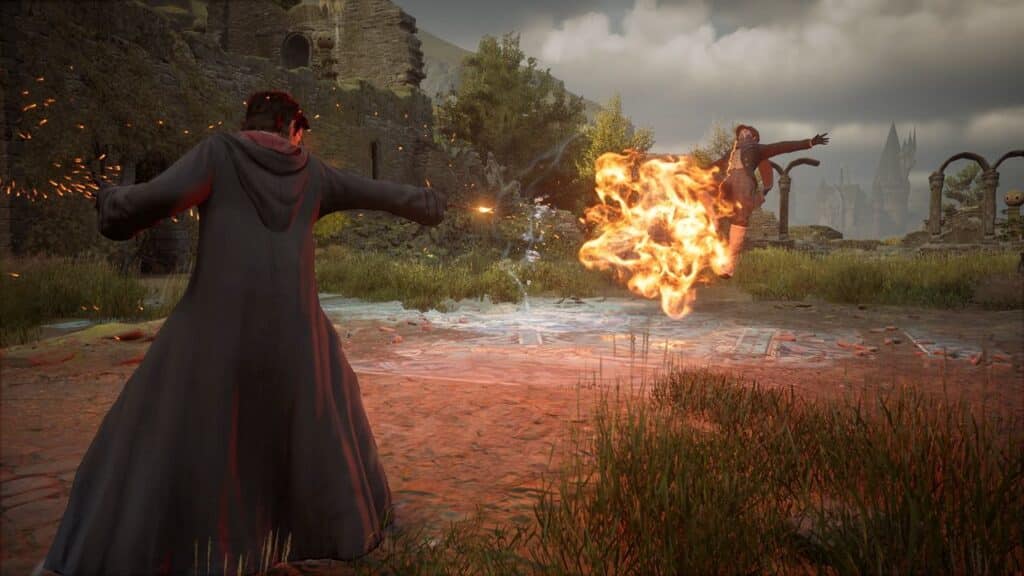
Performance was another focus. Nelson said load times are “significantly faster” compared to previous versions, which helps maintain immersion during transitions between areas and during fast travel. These changes also benefit the game’s large open areas and scripted story sequences, where visual stability matters most. Nelson noted that the hardware improvements help support a greater sense of presence—allowing the player to feel more connected to the world, even during fast travel or transitions.
The result is a Switch 2 version of Hogwarts Legacy that feels more responsive and refined, without removing content or compromising the game’s visual identity.

Adjustments for Handheld and Docked Play
Rob Nelson emphasized that Avalanche didn’t just port Hogwarts Legacy to Nintendo Switch 2—they adjusted it to fit how people actually play on the system. One of their main goals was making the experience feel smooth and accessible whether you’re playing on a TV or on the go.
In handheld mode, the team reworked UI scaling and font readability. They made sure quest markers, inventory icons, and dialogue choices remained legible on a smaller screen without cluttering the interface. Nelson explained that the team tested various HUD layouts to strike the right balance between clarity and immersion, making sure menus didn’t overwhelm the screen or disrupt gameplay. He said this was especially important for an RPG like Hogwarts Legacy, where menu navigation is frequent and detailed.

Avalanche also tuned control options specifically for Nintendo Switch 2. Nelson confirmed that the team took advantage of new hardware features to make spellcasting and traversal more responsive. Motion controls are supported for aiming and flight, letting you steer or aim with added precision. In handheld mode, the touchscreen can be used for quicker menu navigation. And, mouse input offers yet another option—giving players more ways to explore and interact with the world. Nelson said these control updates were about making the experience more flexible, whether docked or on the go.
Even environmental effects were considered. Certain lighting tweaks and depth adjustments were made to ensure that scenes looked just as good handheld as they did docked—especially in dark interiors like dungeons or classrooms. According to Nelson, these refinements helped prevent visual noise and made sure key objects and characters remained easy to see, regardless of screen size or play style.
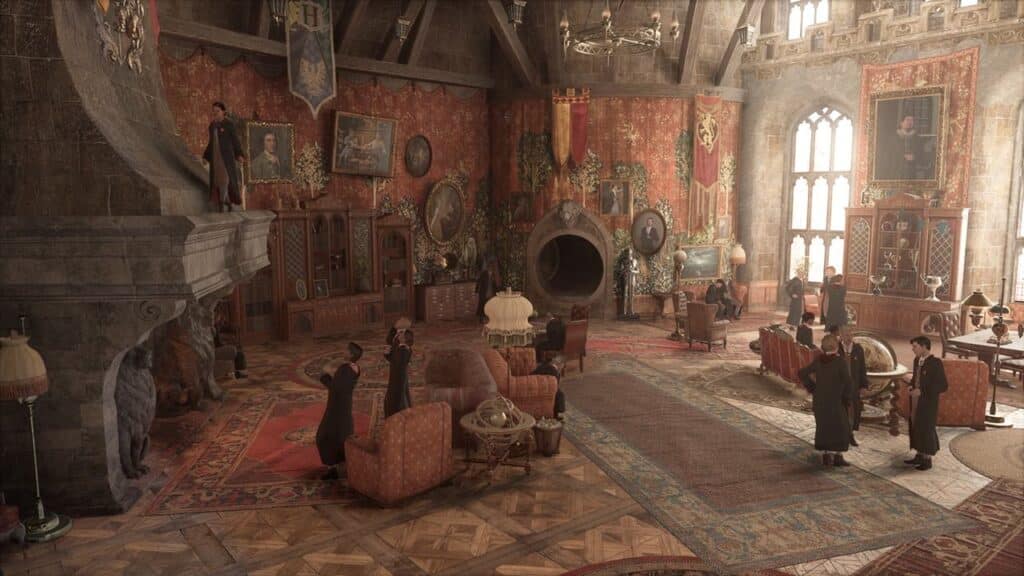
Faster Load Times and Upgraded Visuals Set Hogwarts Legacy Apart on Switch 2
Nelson also talked about how Nintendo Switch 2’s improved hardware. And, how it gave the team room to refine performance and visuals across the board. Faster load times were one of the first things he pointed out. Whether entering a classroom or fast-traveling between regions, transitions now happen more quickly. Something Nelson said helps keep you immersed in the world.
Visual improvements were also a priority. The Switch 2 version doesn’t aim to match high-end PC or next-gen console visuals. However, it does benefit from increased resolution and better stability. Nelson mentioned improved foliage rendering, smoother lighting in dense areas like forests, and sharper texture detail in key character models.
Avalanche also adjusted ambient effects and dynamic weather systems. According to Nelson, these systems now run more smoothly. And, with fewer compromises than what was possible on the original Switch version. The goal was to maintain the game’s signature mood and atmosphere, even while optimizing for performance on Nintendo’s hybrid console.
Avalanche even refined audio syncing and sound transitions for Switch 2. Small touches—like the echo in castle corridors or the timing of spells in combat—were tuned to feel more responsive and immersive, whether using headphones in handheld mode or speakers while docked. Nelson said these changes were especially important for helping players feel grounded in the world—ensuring that audio cues matched action seamlessly, whether walking through Hogwarts or casting spells.
Hogwarts Legacy comes to Nintendo Switch 2 on June 5, the same day the Nintendo Switch 2 launches. Will you be exploring Hogwarts on Nintendo Switch 2 at launch? Let us know in the comments.
As always, remember to follow us on our social media platforms (e.g., Threads, X (Twitter), Bluesky, YouTube, and Facebook) to stay up-to-date with the latest news. This website contains affiliate links. We may receive a commission when you click on these links and make a purchase, at no extra cost to you. We are an independent site, and the opinions expressed here are our own.

